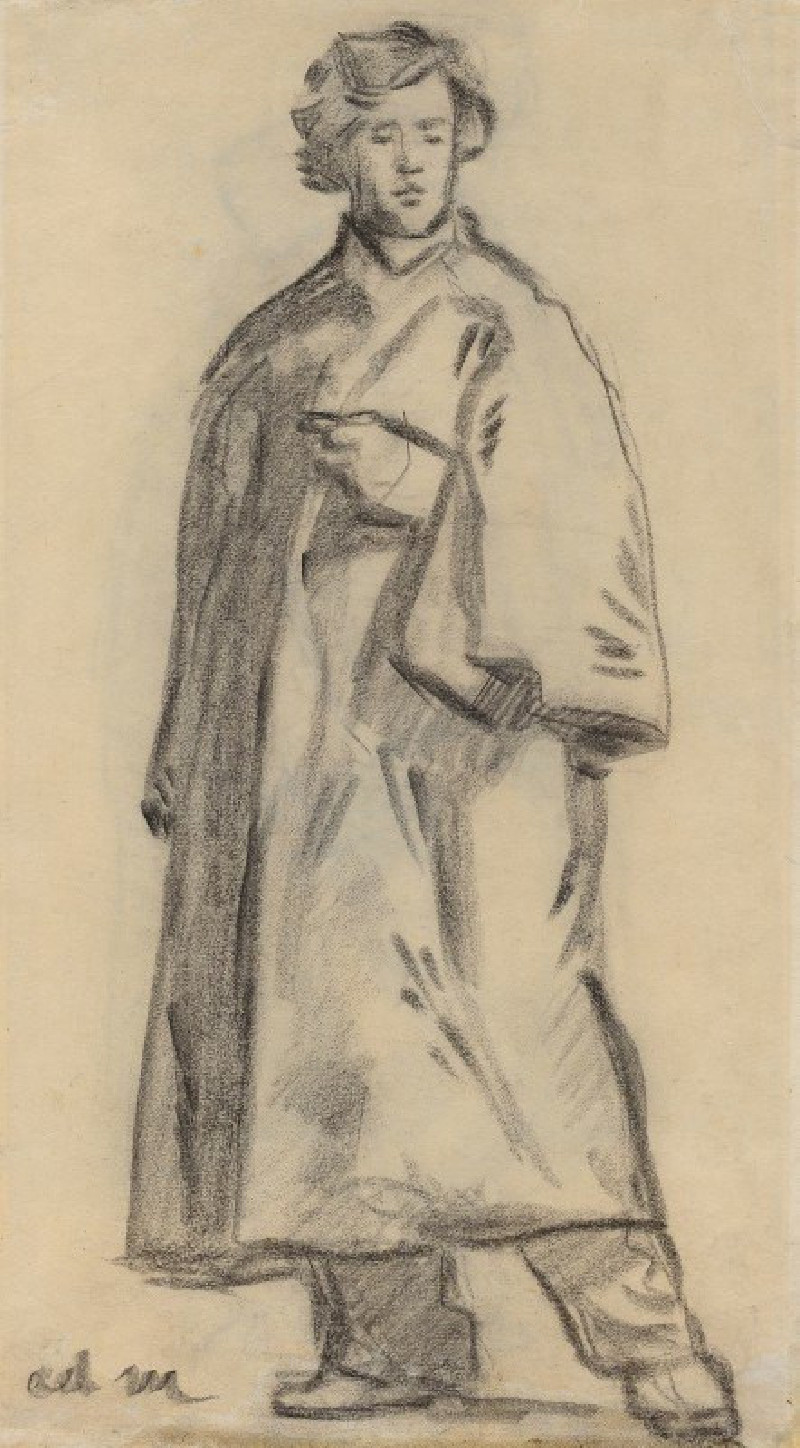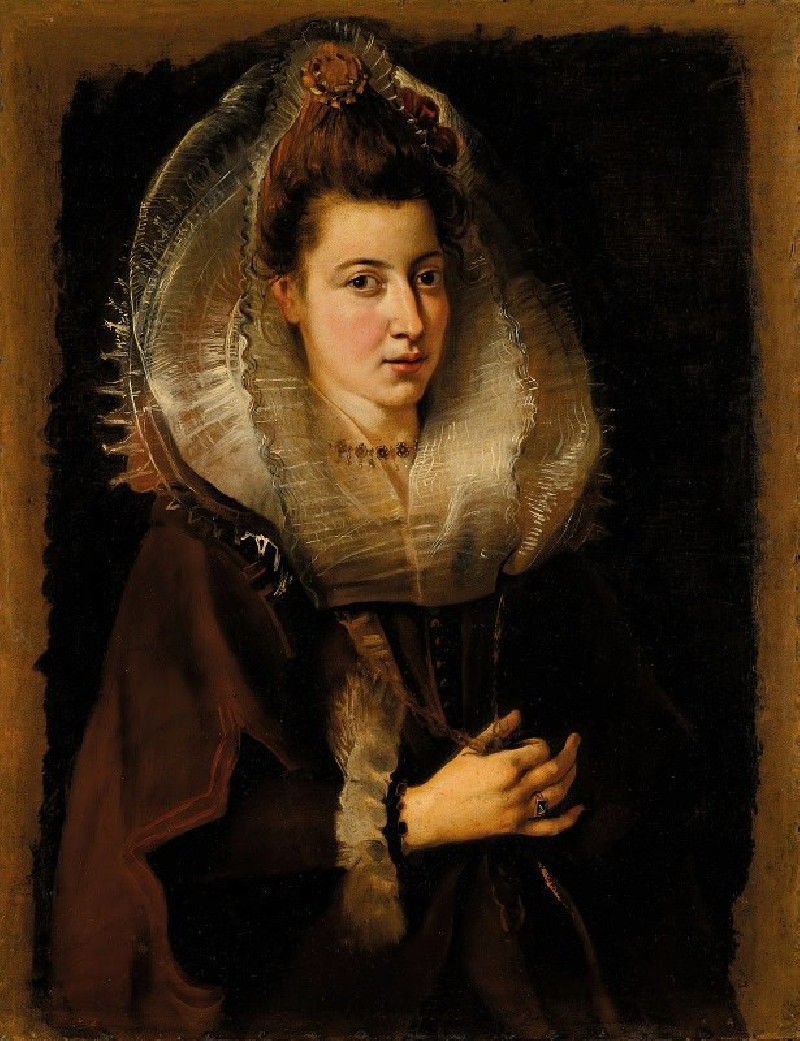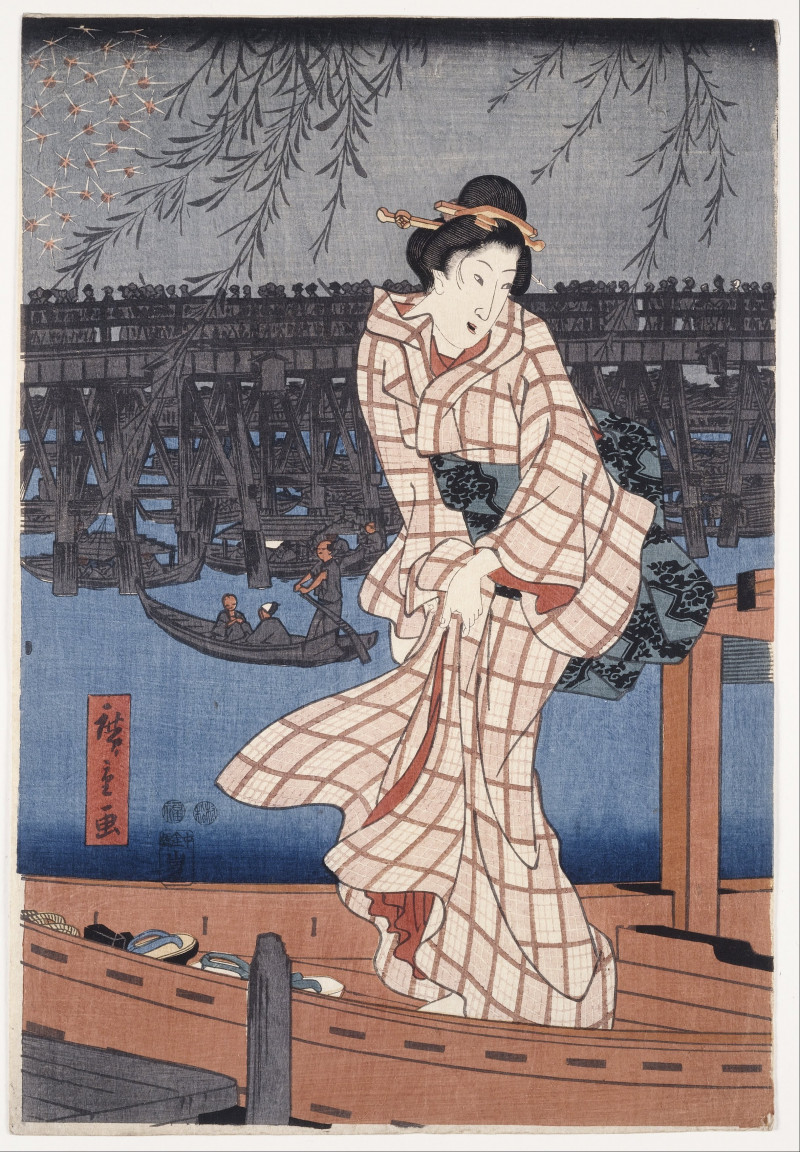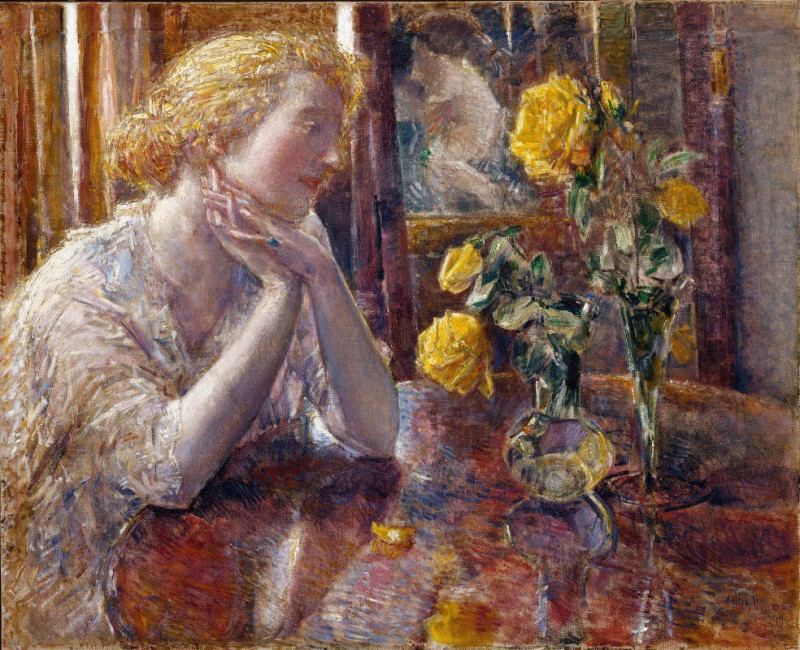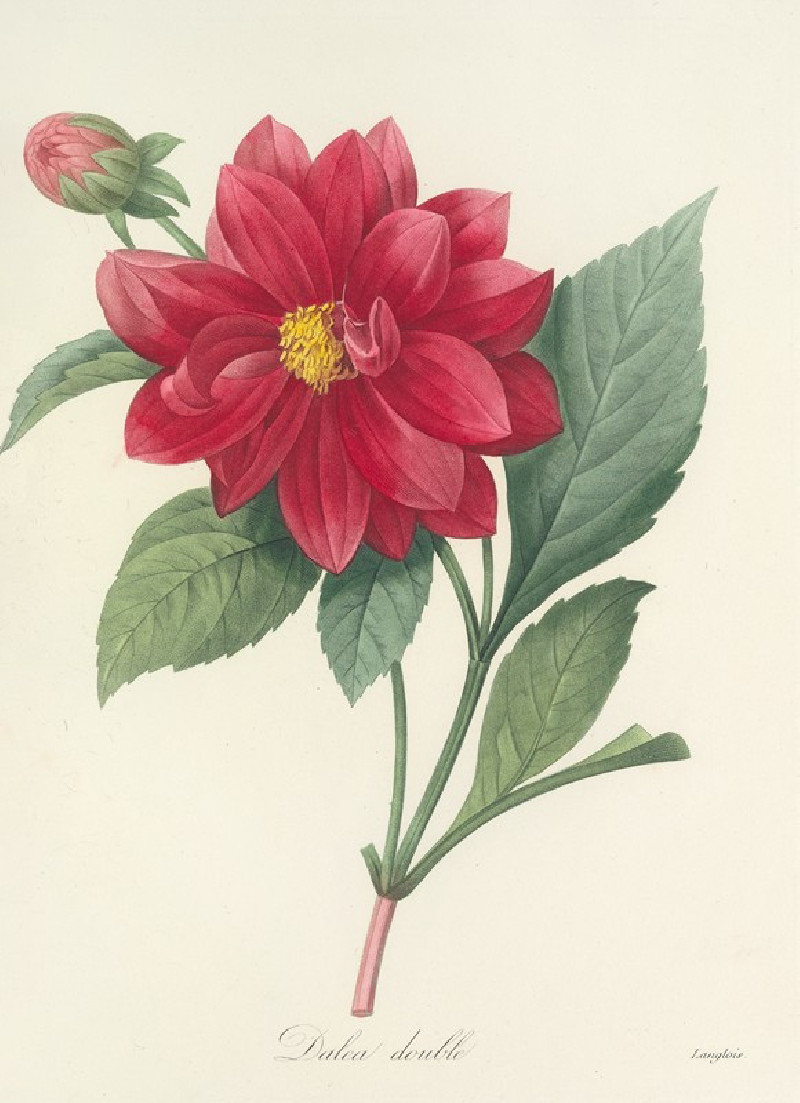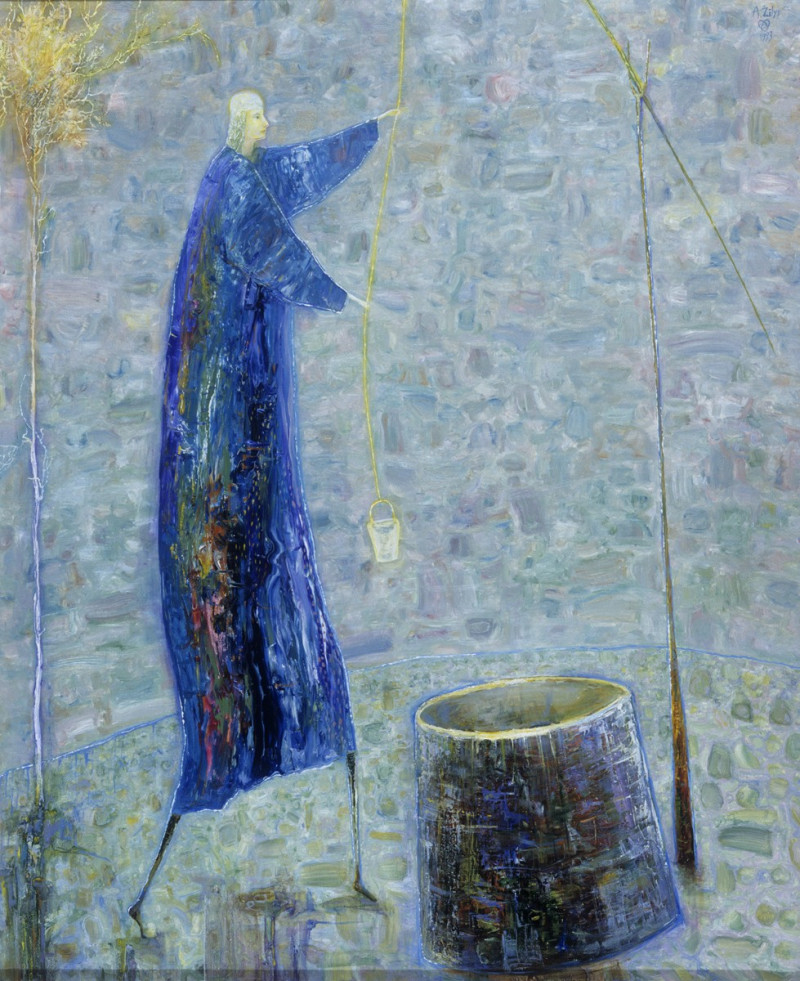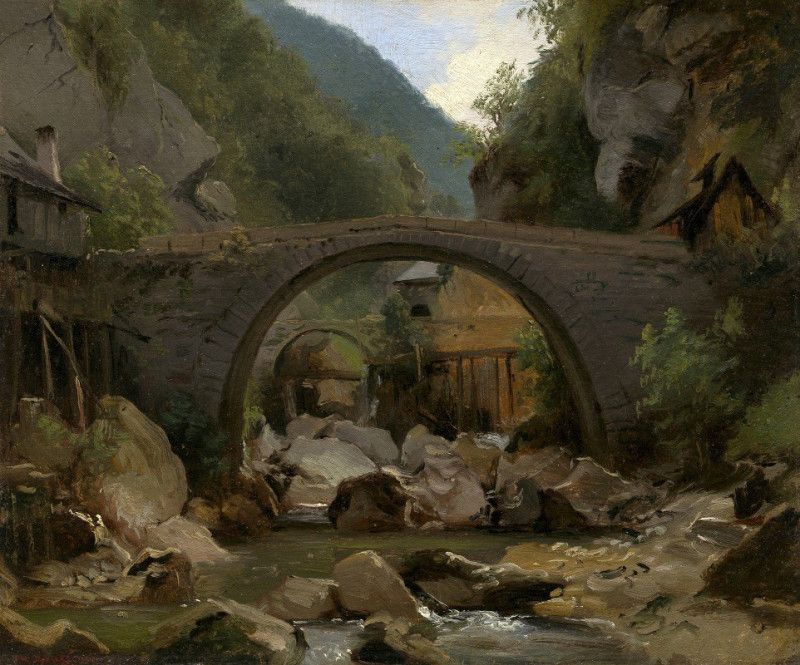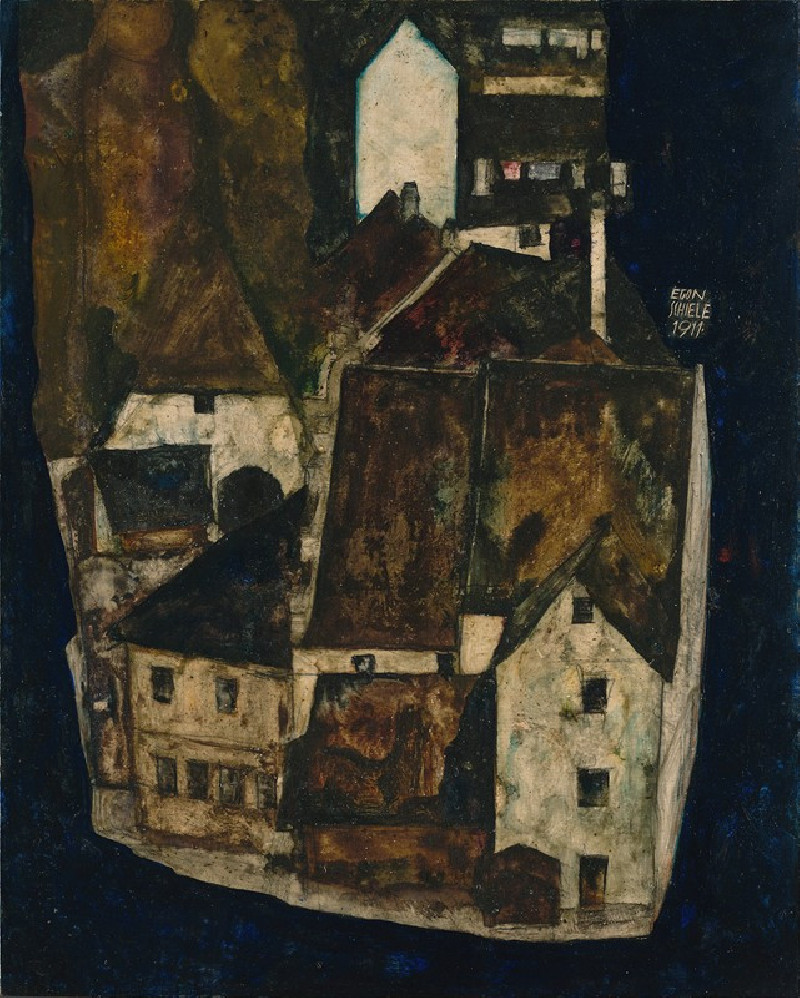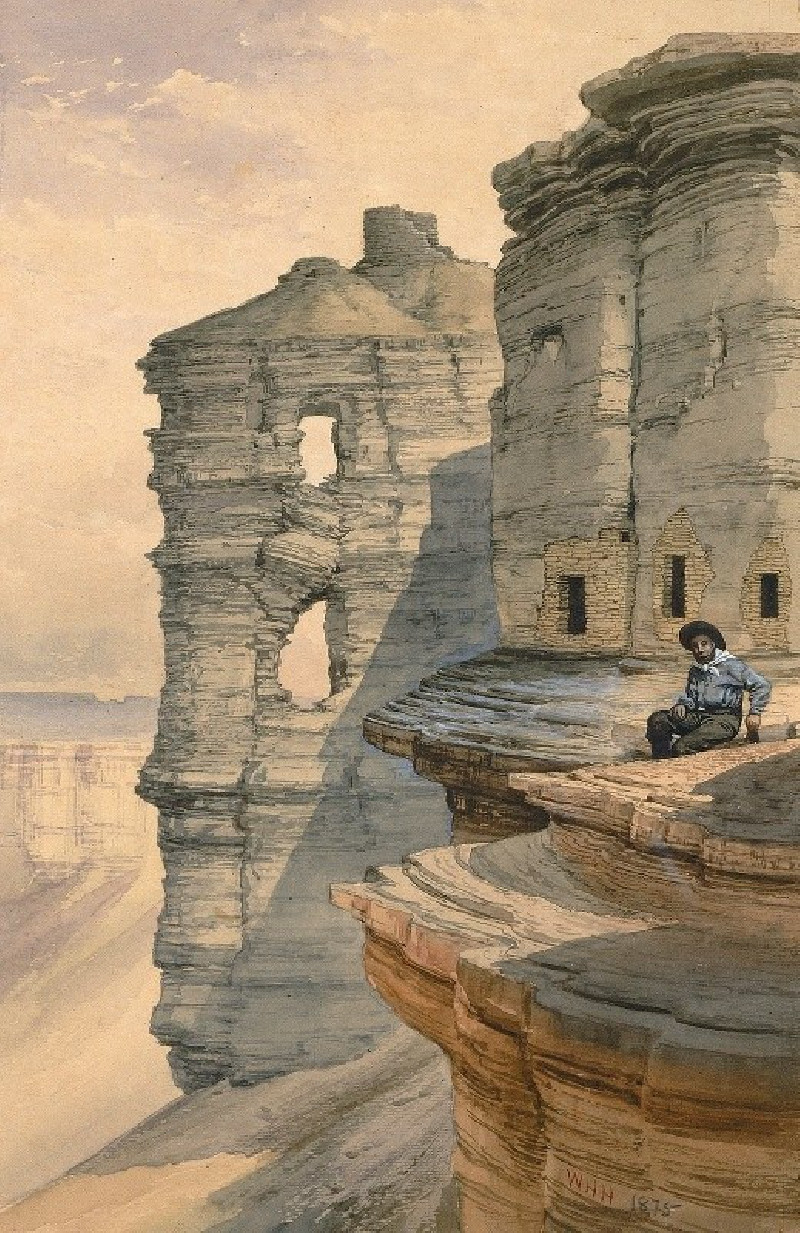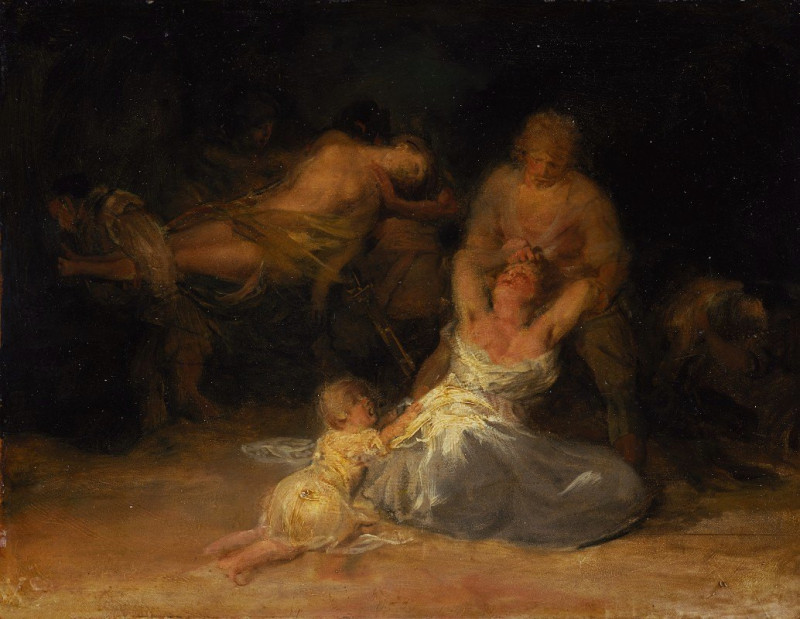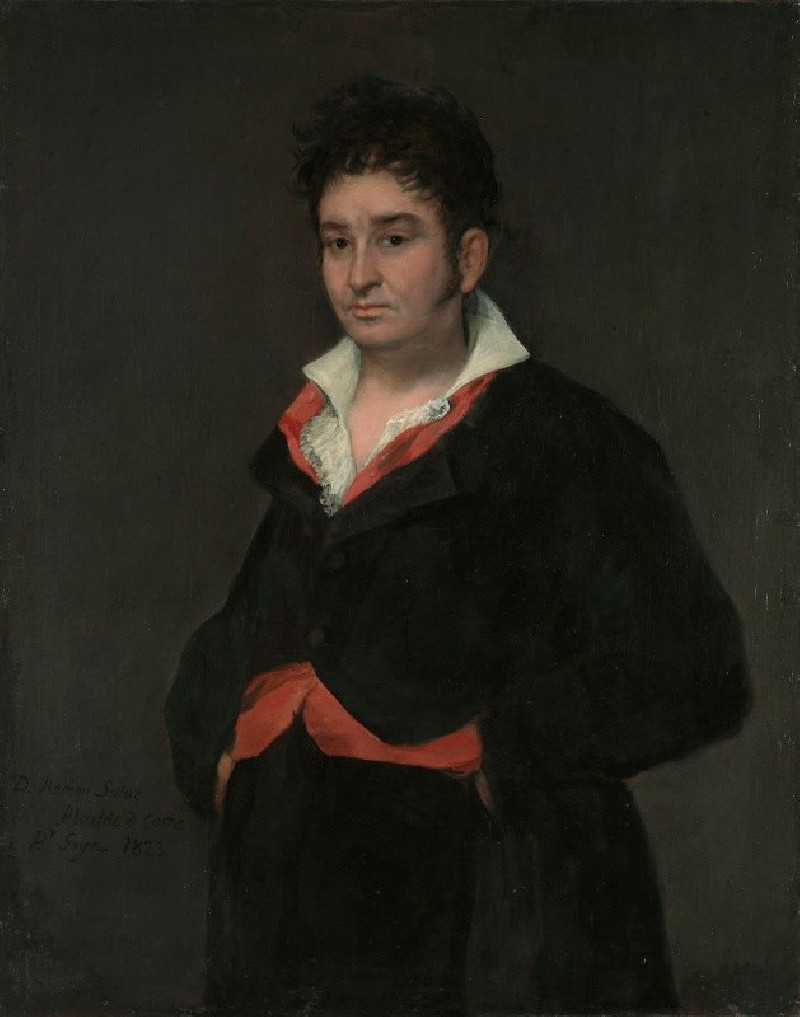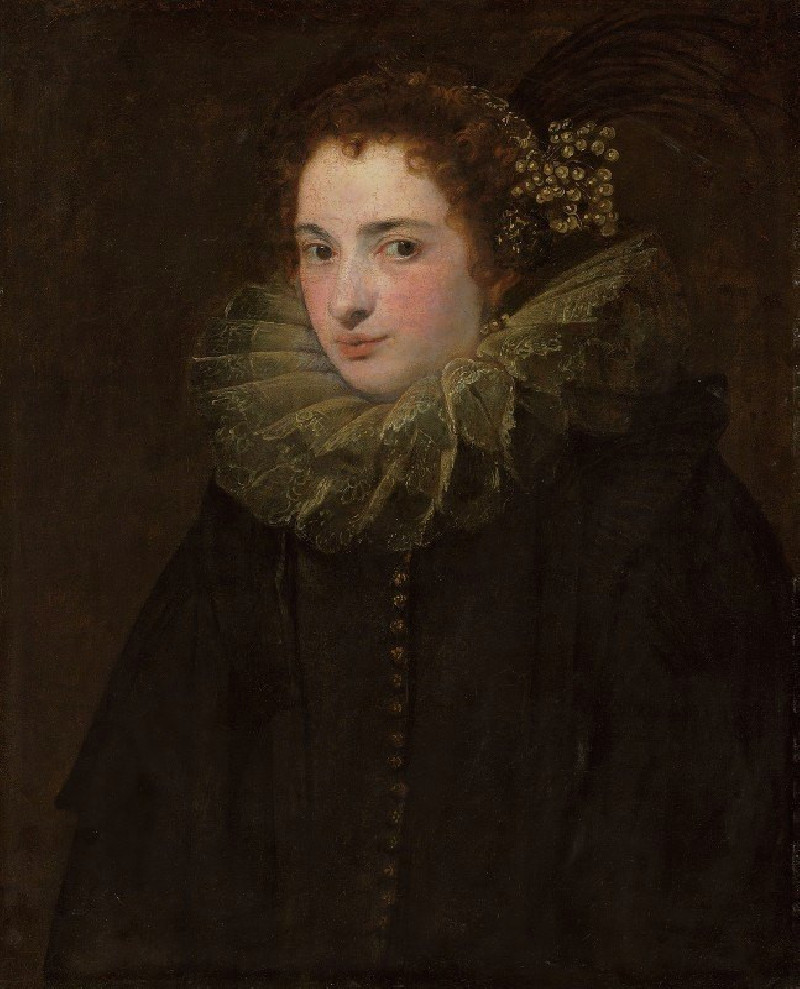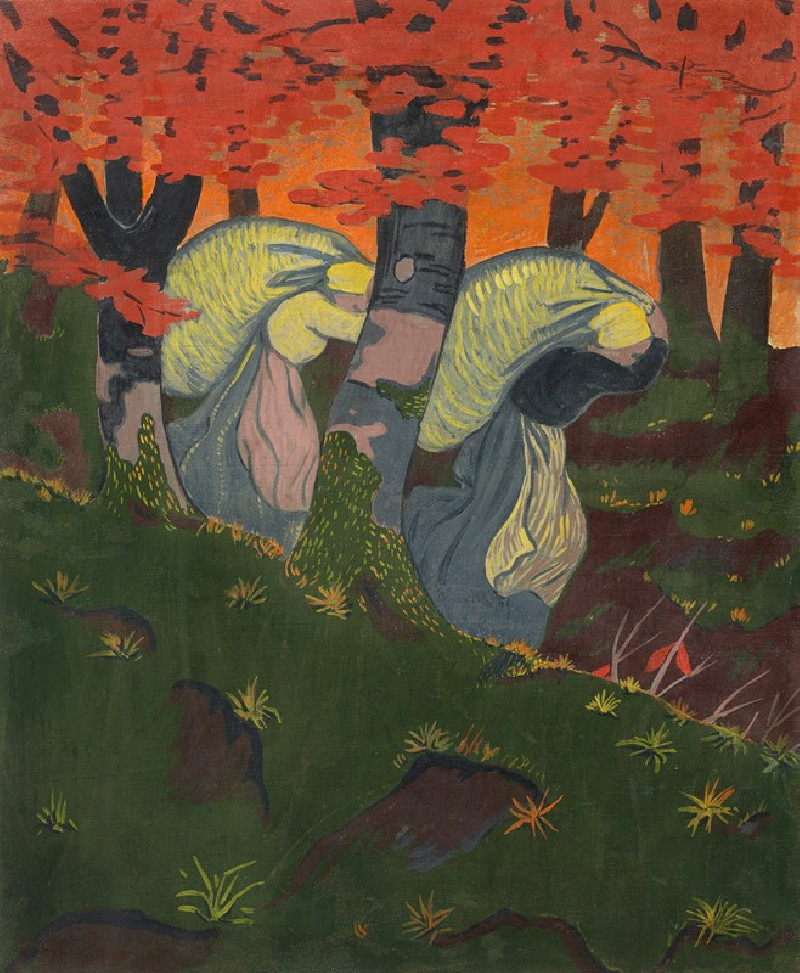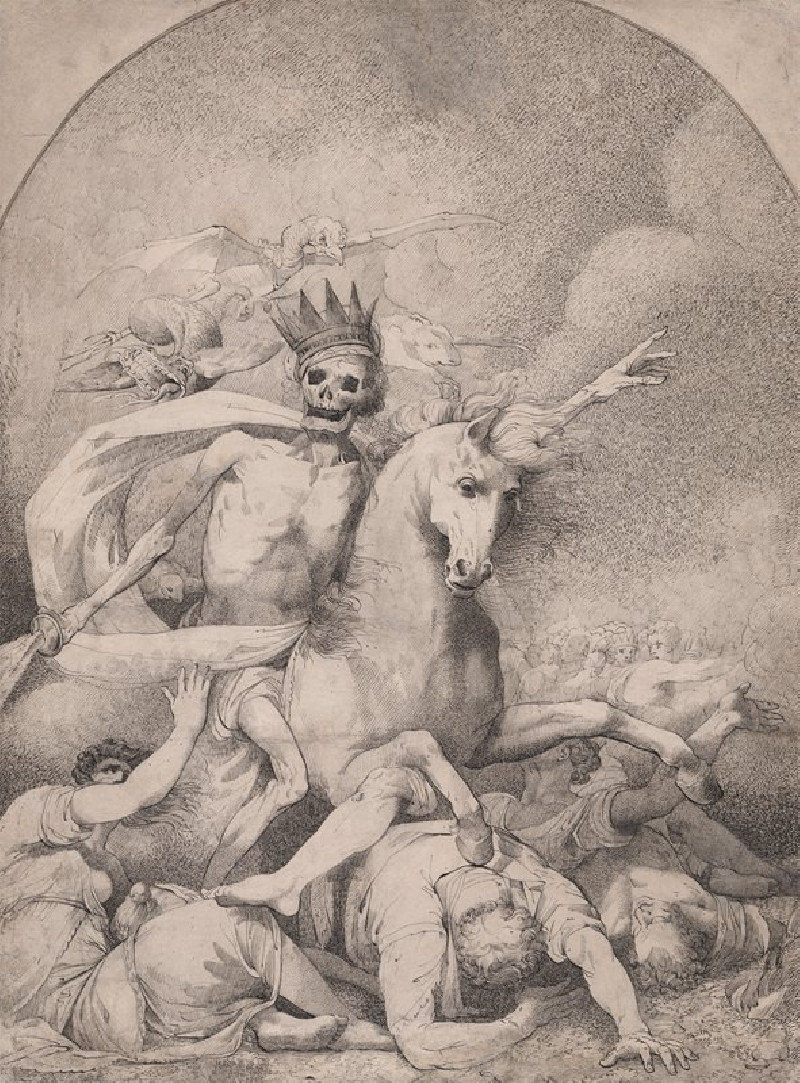Man Wearing a Cloak (recto) (1852-1858)
Technique: Giclée quality print
Recommended by our customers
More about this artwork
Édouard Manet, one of the pivotal figures in the transition from Realism to Impressionism, crafted captivating works that often explored the nuances of social identities and human expressions. This drawing, "Man Wearing a Cloak (recto)," created between 1852 and 1858, serves as an exquisite testament to Manet's early exploration in portraiture and figure studies.The artwork features a full-length sketch of a man, confidently posed and draped in a flowing cloak. The figure's posture, with one hand tucked into the belt and another loosely holding what appears to be a glove, projects an air of casual elegance and relaxed authority. His attire suggests a style of the mid-19th century, possibly hinting at the trends among the urban sophisticates of Paris.Manet's use of soft, fluid charcoal lines lends a gentle but dynamic texture to the cloak, emphasizing the light and shadow that play across the garment's folds. The simplicity of the background focuses all attention on the figure, showcasing Manet's skill in capturing the essence and stature of his subject with minimal strokes.This drawing not only reflects Manet's foundational artistic skills but also hints at his forward-thinking approach to capturing the human form, an approach that would later flourish in his celebrated paintings.
Delivery
Returns
Édouard Manet (1832–1883) was a French modernist painter and one of the first 19th century artists to paint modern life. His impressionist style is characterized by relatively small and thin brushstrokes that create emphasis on light depiction. Manet was one of the key artists in the transition from realism to impressionism, along with Claude Monet, Edgar Degas, and Pierre-Auguste Renoir. However, he resisted involvement in any one specific style of painting, and only presented his work to the Salon of Paris instead of impressionist exhibitions. His early masterworks, The Luncheon on the Grass and Olympia, created great controversy and served as a rallying point for other young painters.

